 Signin with Google
Signin with Google Signin with Facebook
Signin with Facebook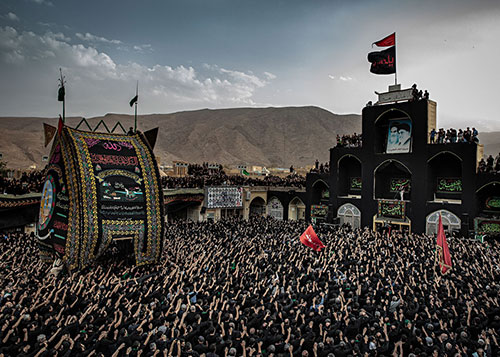
Experience Ashura Day, Shia Magnificent Ritual
Ashura, Muharram tour in Iran | Travel to the culture and Islamic rituals of Iran through Ashura Ceremony
Book
- Gallery
- Overview
- What you experience
- Available On
- Locations
- Features
- Necessities
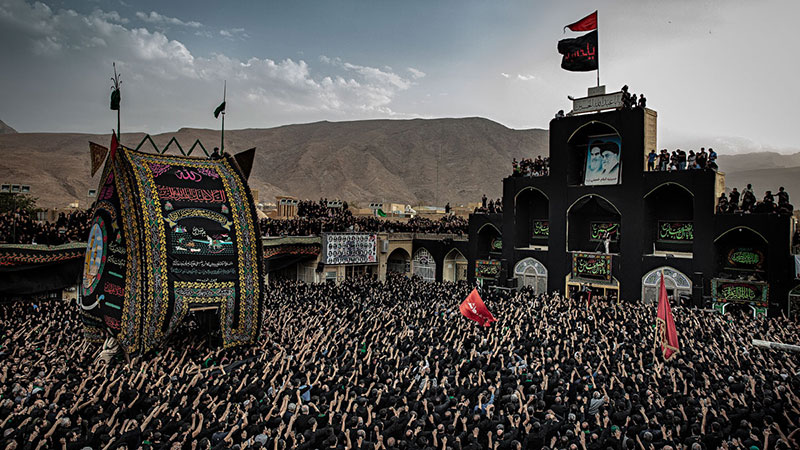
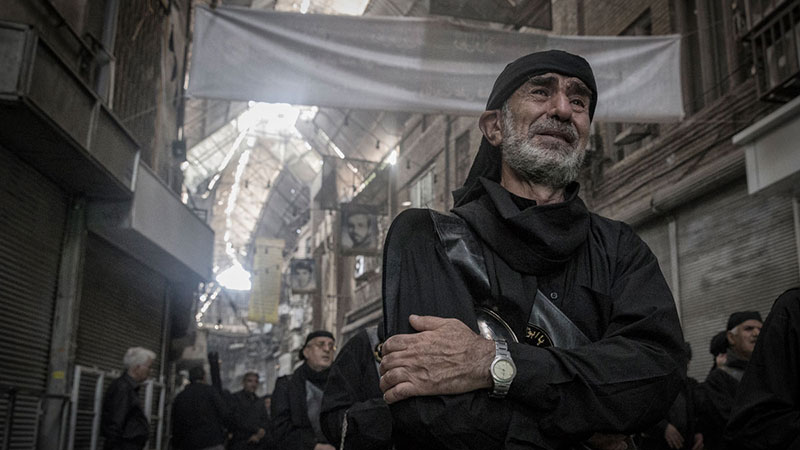
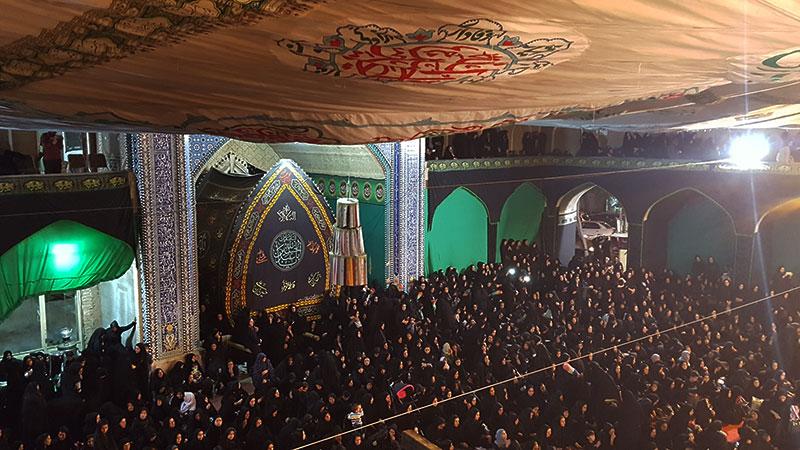
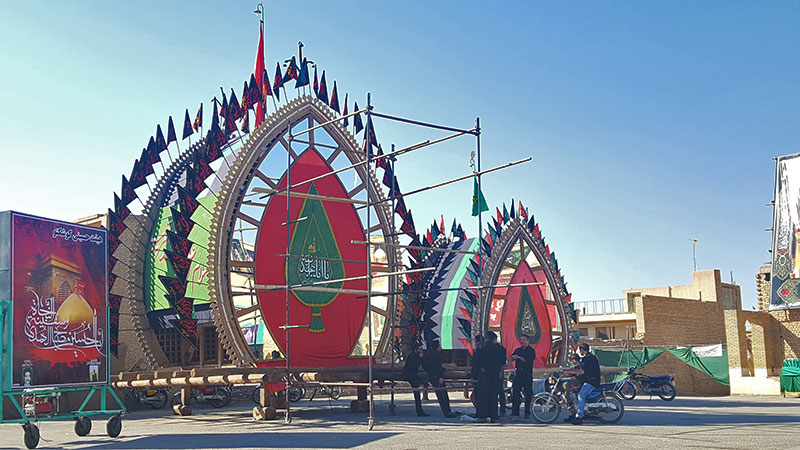
The history of Iran starts with the foundation of ancient civilizations which the arrival of Islam ended its era and took history to the new phase of Islamic part. The Shia identity of Islam is a bold particularity of Iran which dates back from the 16th century, formed around a significant event known as The Battle of Karbala which took place in the 7th century. The remembrance of this event goes on every year on the 10th day of Muharram, the first month of the Islamic lunar calendar. It's called "Ashura day", the mourning ceremony which embraces the whole country.
Are you interested in celebrating Ashura with local people in Iran?
Experiencing Ashura in Iran is an amazing way to gather invaluable insights into the culture of Iran, and understand the roots of Shiism which has shaped the identity of the country. All over the country, cities and villages commemorate the event in their own way, whether it's with a traditional form a theatre known as "Ta'zieh", by distributing free Nazri food, or by carrying "Nakhl" structure over impressive marches. While it's a moment of grief for Shia Muslims, these commemorations are a way for people to get closer with each other and praise righteousness.
Participating in the traditional commemorations of Ashura, from marches to theatre
Learning about the history, rituals, activities and other specificities of Ashura ceremony
Sharing special Nazri food cooked for this event along with locals
Observing local rituals listed as national heritage
- Services: interpretation in English, lunch (with Nazri food)
- Not included: Accommodation, tips (optional), transportation from and to your accommodation, extra meal or drink, personal calls
- There is nothing required to bring except your sense of culture
Who is Imam Husain and what is the battle of Karbala?
Husain is the grandson of Muhammad, the prophet of Islam and the son of Ali ibn Abi Talib who is the legitimate successor to Muhammad and the first Imam of Shia Muslims. Husain is regarded as the defender of Islam as such Shia tries to keep his memory alive.
The battle of Karbala happened on 10 October 680, between the troops of Yazid, the oppressor caliph, and Husain's followers and family. The battle started from morning until afternoon and Husain was slaughtered along with his followers and family members. Since then he is regarded as the "leader of the martyrs". The tragedy of Kerbala is a symbol of sacrifice, representing the resistance for a sacred cause, the struggle for right against wrong.
On Ashura day, having thousands of corps in front of him and only 72 companions by his side, he cried out at Yazid army, "Is there anyone to help?" to sign on his liberty; a call of truth upon the help to the extent of history.

According to holy texts, many other events happened through history during the day of Ashura. It's on this day that Moses was bestowed with the miracle of splitting the Red Sea. It's also on this day that Abraham was born, that Noah's ark landed on Mount Judi, and Jacob's eyesight was restored.
The rituals of Imam Husain martyrdom in Iran
Ashura commemorations start on the first night of Muharram month and continue for ten days and nights. The 10th day or Ashura in the Arabic language is the climax of these events. During those days, people are mourning to pay homage to Imam Husain and his followers who were deprived of water from the 7th Day onward.
People usually dress in black to gather in mosques or parade in the streets, slapping upon their chest while chanting sorrowful songs, accompanied with the sound of drums. At the end of every ceremony, food is cooked in pots and put in public places to be distributed freely to mourners. It is called "Nazri food" and has an incredible taste. For believers, consuming this food, prepared as a pledge to Imam Husain has healing properties, while cooking it for other mourners is a way to receive blessings.
One unmissable experience of Ashura is called "Ta'zieh" and is considered by UNESCO as an Intangible Cultural Heritage of Iran. This form of mourning is the theatrical re-enactment of the Battle of Karbala which was particularly famous during the Qajar Dynasty. Isfahan is famous for its "Ta'zieh" performance, thanks to street representations.
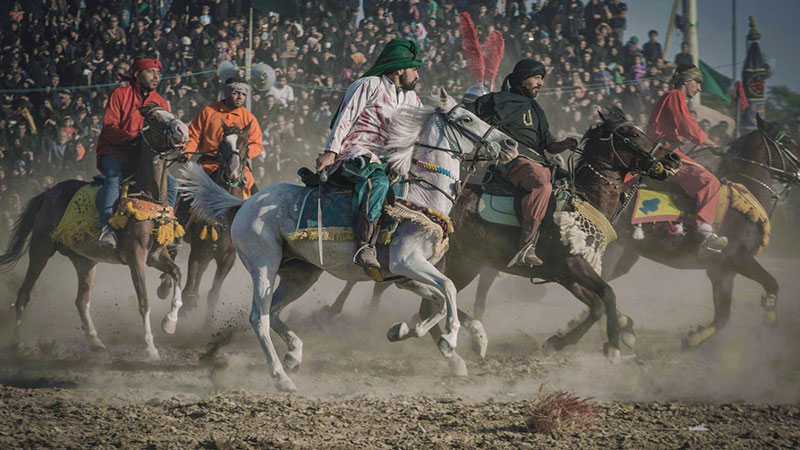
Local customs and rituals for Ashura in Iran
Yazd is quite famous for its Ashura commemorations, especially because of the "Nakhl Gardani" ceremony which is held mostly across Yazd Province. "Nakhl" is a huge wooden structure of several meters high, shaped like a tree leaf, and symbolizing Imam Husain's coffin. During Ashura, mourners lift and carry this heavy structure in circles. It is usually covered with black fabrics and decorated with daggers, swords, mirrors, fruits, etc.
If "Nakhl" is one of the most iconic features of Ashura, chest-beating is also a main part of the ceremonies. In Bushehr city, in the south of Iran this practice is listed as a national heritage, truly is heart catching. People do it in circles around a singer, gently beating their chest with passion.
In rural areas, Ashura rituals can take different aspects besides the main ceremony. In the green sceneries of Lorestan, "Gel Mali" is an old tradition also considered as a national heritage, during which local people bath into a pool full of mud and rosewater that is bestowed from mourners. They show their great respect and sorrow toward the martyrs of Karbala.

Experiences of Ashura in Iran
We are honoured to set your Ashura experience in every part of Iran in the most authentic way. You can choose your favourite city or special ritual or simply ask for a tailored experience which we will prepare according to your desire.
Participating in this experience, you can appreciate this event with local people, in the cities of:
- Tehran
- Kashan
- Qom
- Isfahan
- Yazd
- Taft
- Shiraz
- Ardabil
- Zanjan
- Khorramabad
- Your requested city
